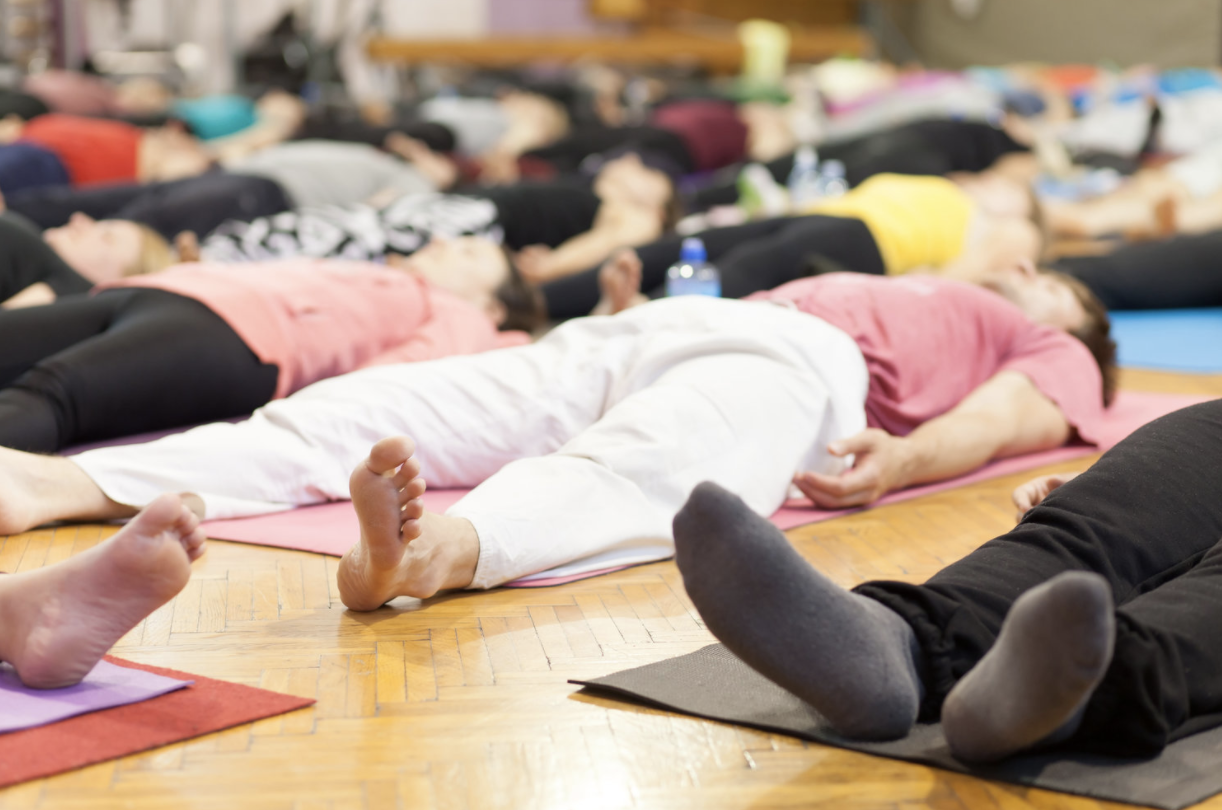Imagine for a moment that you are driving a chariot being pulled by five very strong, wild horses. You’d like your journey to be peaceful, stable and steady, while progressing in the direction you desire right? In order to do this you have to understand the nature of these horses and how to tame, direct and discipline them… otherwise you won’t be traveling comfortably or very far.
The metaphor of the chariot and wild horses is an ancient one. The horses represent our five senses, which are often strong and wild, and pull our mind in different directions. The practice of yoga helps tame the senses encouraging grounding and focus. Think of your body as having an untapped inner technology. It is your job to study the “owner’s manual” to help you travel more peacefully and joyfully through life. Understanding this “technology” has been the life long quest of many mystical traditions.
The yoga tradition contains many maps, techniques and inquiries that help one understand their inner technology and how to use it. Your end goal is to experience expanded states of consciousness so that you can connect with the divine.
These techniques are outlined beautifully in Kriya Yoga, or the “actions of yoga.” The three major components of this practice are:
Tapas—Self-effort or discipline
Svadhyaya––Self-study
Isvarapranidhana—Self-surrender, or devotion
Tapas in particular is a crucial component for taming the wild horses that pull you. This Sanskrit word has many nuanced meanings. On the most basic level, it has to do with “heat” and at a more complex level, it reflects “a heat that produces a positive inner alchemy". Tapas is known for being a fiery discipline that helps one purify mind and body from the limitations and blockages that keep you from experiencing your true light.
Other words to describe Tapas are:
Tenacity
Grit
Courage
Will Power
Perseverance
Determination
As a parent, I find that neither one of my kids have much grit when life gets tough. There is a lot of talk in the house about having grit and the “heat” that it can cause. I remind them that temporary friction and discomfort leads to tremendous progress in the long run. The act of Tapas, or fiery discipline, flexes the mind’s muscles. The more it is practiced the stronger those muscles get.
As the great Mahatma Gandhi once said, “strength does not come form physical capacity. It comes from an indomitable will.” This will, to “be the change you wish to see,” causes friction and heat caused by what Gandhi called the “ego-desire complex”. It is important to remember, that sometimes what your ego desires is not helpful and can even be harmful.
Tapas means different things to different people. Sometimes a Tapas practice involves getting up early in the morning to exercise every day. For others it could be to sit down and meditate, or to start and maintain a healthy diet. Ultimately Tapas is a dedicated practice that helps burn off the impediments that limit or hold us back from true harmony and wholeness.
Nelson Mandela’s famous quote, “our deepest fear is not that we are inadequate, our deepest fear is that we are powerful beyond measure,” speaks of Tapas. How much power and progress could you experience in your life if you had the discipline to stay fiercely dedicated to your heart’s path?
A Yoga Unplugged collaboration - written by Jennifer Reuter, edited by Sarah Burchard
Photo by Fabian Burghardt via Upsplash





















